With one of the biggest changes to accounting now well underway, those who need to comply with Making Tax Digital (MTD) have been left with questions. Naturally they’ve sourced the help of those enforcing the new system, but for many people, this has been without luck.
Long waiting times for VAT helplines and callback requests being ignored are just some of the issues. Plus, the new service has had problems itself – direct debits have proved troublesome, and registration isn’t instant like it should be, instead taking as long as five days.
However, you don’t need to turn to HMRC. Here, we help you get to grips with MTD for VAT, so you can prepare for the first return deadline on 7th August.
Being compliant with HMRC’s digital path
You’ll have heard of ‘maintaining HMRC’s digital path’, but there’s a lot involved in this. A key part is retaining the correct electronic records. HMRC has helpfully listed the specific documentation that needs to be recorded digitally. Amongst them is the amount of VAT charged and received, as well as basic information such as your business name and contact details.
You should also know how to keep records digitally. There’s a choice: either use compatible accounting software or opt for other tools such as spreadsheets. Though, with the latter, you’ll need to utilise bridging software for a compliant submission.
Knowing how you can use bridging software
Bridging software is mandatory because it can communicate the required information to HMRC, whereas spreadsheets themselves can’t. All you need to do is upload your spreadsheet with the necessary information, and the bridging software will file it directly to HMRC.
There are numerous bridging tools available, including the popular, and compliant, QuickBooks, Xero, and FreeAgent, which Nabarro Poole offers as part of our cloud accounting software services.
Recognising how MTD relates to your situation
It’s not just the tools that you’ll need to know about – you should be aware of submitting VAT relevant to your circumstances. For example, if you use the VAT Flat Rate Scheme, then this can still be employed as part of MTD. You won’t be required to retain your purchase invoice electronic records (apart from if they are linked with capital goods costing over £2,000).
On the other hand, those using the VAT Annual Accounting Scheme won’t need to send quarterly digital VAT returns – they can continue submitting once per year.
Every business is different which means your accounting will also need to be unique to you. Alternatively, it might be that you need further information about MTD for VAT, which you just can’t wait on HMRC’s response for. Either way, it’s best to contact an expert accountant to guide you, like Nabarro Poole.
With years of experience in accounting, and being incredibly well-versed in all the emerging technologies, you can trust that we know what we’re talking about. Get in touch with us today.


Recent Comments